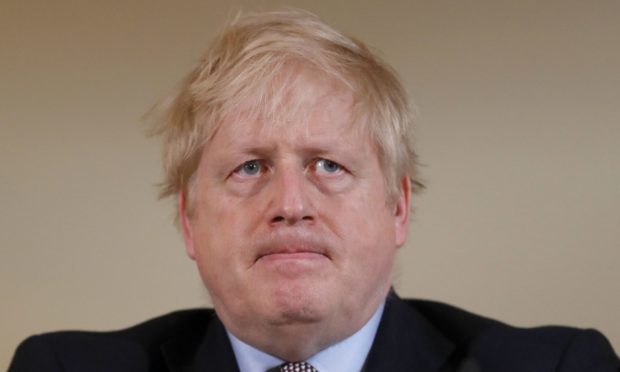In 2017 a group of world leading public relations firms published an article under the heading, “13 golden rules of crisis management” in Forbes’ business magazine.
The piece detailed the dos and don’ts for international companies when handling the fall-out from high profile incidents or when trying to manage a volatile situation.
The top takeaway from the article was that firms should respond to a crisis quickly, transparently and should be willing to engage with questions from the public and the media, lest they wanted to “worsen the damage”.
If only Downing Street had read that piece prior to last weekend’s horror show in communications.
First we saw anonymous government figures briefing selected journalists that the elderly would be forced into strict isolation at home or in care homes for four months, under a “wartime-style” mobilisation in efforts to combat Covid-19.

Then on Sunday there were further stories, again from anonymous sources, detailing how the “virus will put eight million Britons in hospital”.
There has been criticism of journalists for running such “scare” stories, but it is our duty to inform the public and scrutinise the activities of those making the decisions; imagine the scandal if it was discovered the press had been withholding information about the coronaviurs. If criticism should be levied, it should be against the government for failing to communicate it’s strategy properly.
At every turn Number 10 seemed outflanked last week, ministers suggested suspending sport matches would do little to slow the spread of Covid-19 but then the UK’s footballing authorities went ahead anyway.
There was then doubt cast over the government’s “herd immunity” strategy – which is the idea that a large portion of the population should be allowed to contract the illness over a long period to build immunity.
“It’s one of the key things we need to do”, the chief scientific adviser Sir Patrick Vallance told Radio 4 last week – before Mr Hancock shot the idea down on Sunday, telling Sky News “herd immunity is not our goal or policy”.
While the government was unable to put out a coherent statement on it’s own policy over the weekend, concerned Brits watched on as Europe and the US went into further lock-down, leaving the UK an outlier in the western world.
Mr Hancock attempted to allay fears by explaining the UK Government’s strategy, but this was given exclusively to the Telegraph and placed behind a paywall online in another PR blunder.
The public are rightly concerned by the outbreak and are keen to understand why advice in the UK is at odds with that applying in the rest of Europe and the US, the drip drip of information via anonymous sources is doing nothing to calm nerves or prepare us for the difficult months ahead. It might work with normal political stories but it’s dangerous in a pandemic.
Former health secretary Andy Burnham said on Sunday that, during the swine flu outbreak in 2009, he took a decision to “change tack”, “take a backseat” and allow the chief medical officer to “front all media activity”. That change of approach made things “calmer”, Burnham tweeted.
The daily press conferences launched on Monday hopefully mean we’ve turned a corner and while the content of those briefing may be shocking, we’re all adults – on the record, televised Q&A’s with ministers and health experts will provide a lot of reassurance going forward.
Further reassurance would come if the government were to publish details of the models and data that have influenced their strategy so far. Throughout the pandemic, researchers have generally been quick to share their findings, allowing their peers to assess and check their potentially lifesaving work. The government have so far refused to share their modelling, prompting an angry letter from the British Society for Immunology.
In a similar letter, more than 600 UK behavioural scientists called on the government to disclose the evidence behind its belief that the public will experience “behavioural fatigue”, that is people becoming increasingly uncooperative just as the outbreak swings into high gear, if formal restrictions are put in place too early. This belief reportedly comes from the Cabinet Office run “Nudge Unit” — a team that uses psychological science to advise the government on policy matters.
In their letter, the behavioural scientists wrote “we are not convinced that enough is known about behavioural fatigue or to what extent these insights apply to the current exceptional circumstances”.
All the noises from Westminster are that the government is playing the “long game”, given that coronavirus is likely to be with us for the majority of this year and will more than likely become a recurring illness in the years ahead – hence why the strategy is to take a slower, more gradual and informal approach. That may be correct in scientific terms, but in a world hooked on the 24 hour news cycle and social media that pours over every nuance there will need to be more public engagement than even before from ministers.
Dan O’Donoghue is the Press and Journal’s political correspondent at Westminster
